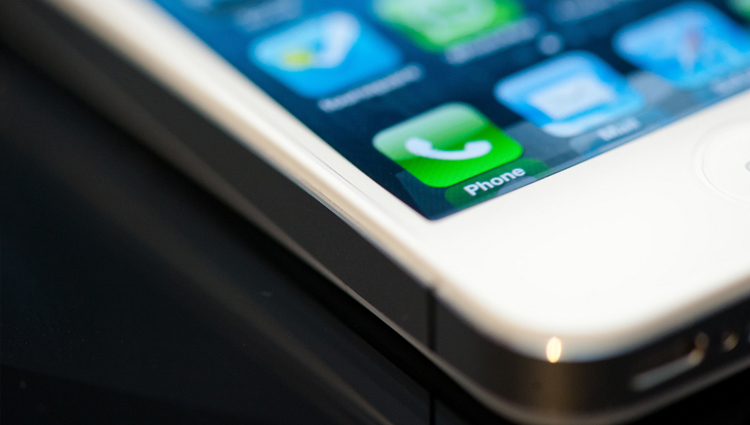5 Favorite iPhone Medical Apps

(Inside Science) -- Doctors are increasingly bidding farewell to their classic sidekick -- the pager -- and opting for smartphones that do more to help them practice medicine. A recent report by the healthcare market research firm Manhattan Research in N.Y. shows that 64 percent of doctors are tech-savvy, using mobile devices made by BlackBerry, Palm, and Apple.
Although medical applications are a small fraction of the myriad of "apps" available for smartphones, they are one of the fastest growing categories and are finding their way into hospitals, clinics, and medical schools. Medical apps make up a little more than one percent of all apps, but the downloadable medical apps are becoming so useful to doctors that the Georgetown University School of Medicine in D.C. now requires all of its students to carry an iPhone or iTouch.
Here's a look at some of the more popular and unusual apps developed for medicine and public health for the iPhone and other mobile devices:
Pocketing Prescriptions
The most popular medical application for the iPhone by number of downloads is Epocrates, a free portable database that contains pictures of and information on 3,300 pharmaceutical drugs. It has been available for several years on mobile devices like BlackBerrys and Palm Pilots and was downloaded 50,000 times during the first three months after it was released for the iPhone. Physicians at hospitals such as Georgetown University Medical Center carry around the app to double-check for potentially dangerous drug-drug interactions when prescribing treatments for their patients. An expanded version also provides information about diseases and laboratory tests.
Itty-Bitty X-rays
Featured in Apple's commercials, OsiriX allows radiologists to view and carry around their patients' X-ray scans on an iPhone. The X-ray images can be sent from phone to phone via iChat. While the iPhone's tiny 480 by 320 pixel screen is small for making a diagnosis, physicians can zoom in and out or transfer the images to a Mac computer to study them in full detail. OsiriX also displays PET, MR, and CT scans, as well as ultrasounds. To ensure confidentially, the images can be stripped of information that could be linked to a patient.
EyePhone
Brazilian ophthalmologist Renato Neves has adapted seven eye exam tests to be administered from the iPhone's screen. The chart of letters that tests vision acuity, usually mounted poster-sized on a wall, has been scaled down for the small screen held at an arm's distance. Standard tests for color blindness have also been reformatted for the iPhone, as has Amsler's grid, a field of crossing lines used to check for problems like macular degeneration.
Zapping Cancer
The :level" application on the iTouch -- normally used to hang a picture properly -- has been adapted to help radiologists aim X-rays and destroy tumors. During chemotherapy, radiologists often use beams of X-ray energy to kill cancerous cells inside the body. But many cancers -- especially those of the lungs, livers, pancreas, and breast -- become hard-to-hit moving targets when a patient breathes in and out. Two radiologists at the University of Michigan Health System in Ann Arbor figured out how to use data gathered by the iTouch accelerometer strapped to their chests, which measures the angle of the devices, to calculate their breathing rates. They will present the app, which could be used to time X-ray blasts to coincide with exhaling, at a medical physics conference this month. It is called "iBreathe" (which happens to be the name of another app that turns the iPhone into a breathalyzer).
Tracking Swine Flu
As the swine flu influenza virus swept across the globe, IntuApps in Manhattan, N.Y., developed a public health app that allows people to track its spread. The app -- which is still awaiting approval by Apple -- brings together information drawn from a range of different sources on the web. A Google Maps plug-in shows the locations of outbreaks, while feeds from the World Health Organization and the Centers for Disease Control and Prevention provide information about how the virus works, the current threat level, and government advisories.

